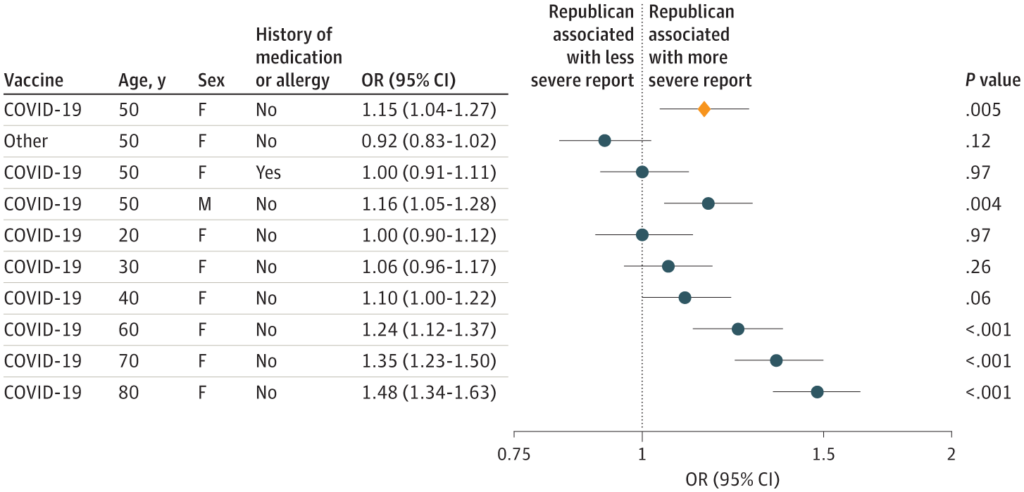Graphic:
Abstract:
Importance Many medical journals, including JAMA, restrict the use of causal language to the reporting of randomized clinical trials. Although well-conducted randomized clinical trials remain the preferred approach for answering causal questions, methods for observational studies have advanced such that causal interpretations of the results of well-conducted observational studies may be possible when strong assumptions hold. Furthermore, observational studies may be the only practical source of information for answering some questions about the causal effects of medical or policy interventions, can support the study of interventions in populations and settings that reflect practice, and can help identify interventions for further experimental investigation. Identifying opportunities for the appropriate use of causal language when describing observational studies is important for communication in medical journals.
Observations A structured approach to whether and how causal language may be used when describing observational studies would enhance the communication of research goals, support the assessment of assumptions and design and analytic choices, and allow for more clear and accurate interpretation of results. Building on the extensive literature on causal inference across diverse disciplines, we suggest a framework for observational studies that aim to provide evidence about the causal effects of interventions based on 6 core questions: what is the causal question; what quantity would, if known, answer the causal question; what is the study design; what causal assumptions are being made; how can the observed data be used to answer the causal question in principle and in practice; and is a causal interpretation of the analyses tenable?
Conclusions and Relevance Adoption of the proposed framework to identify when causal interpretation is appropriate in observational studies promises to facilitate better communication between authors, reviewers, editors, and readers. Practical implementation will require cooperation between editors, authors, and reviewers to operationalize the framework and evaluate its effect on the reporting of empirical research.
Author(s): Issa J. Dahabreh, MD, ScD1,2,3,4,5; Kirsten Bibbins-Domingo, PhD, MD, MAS6,7,8
Publication Date: 9 May 2024
Publication Site: JAMA
doi:10.1001/jama.2024.7741
